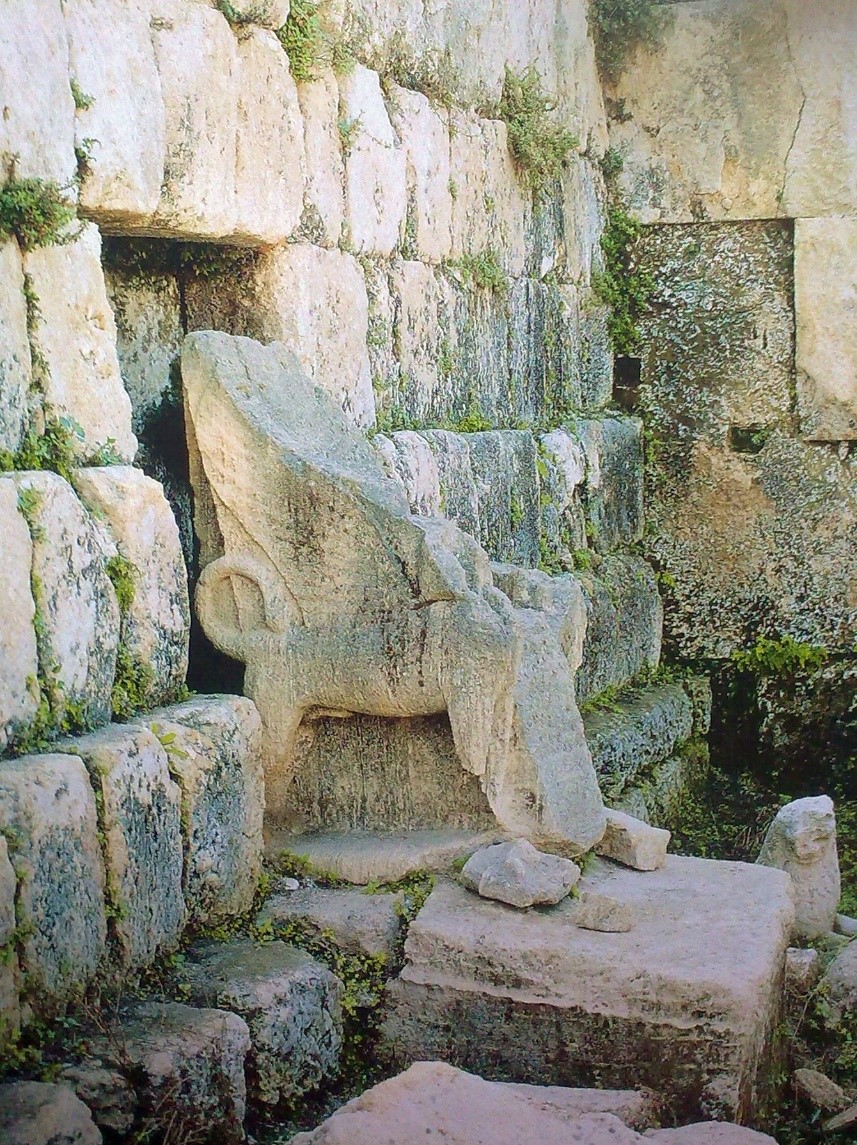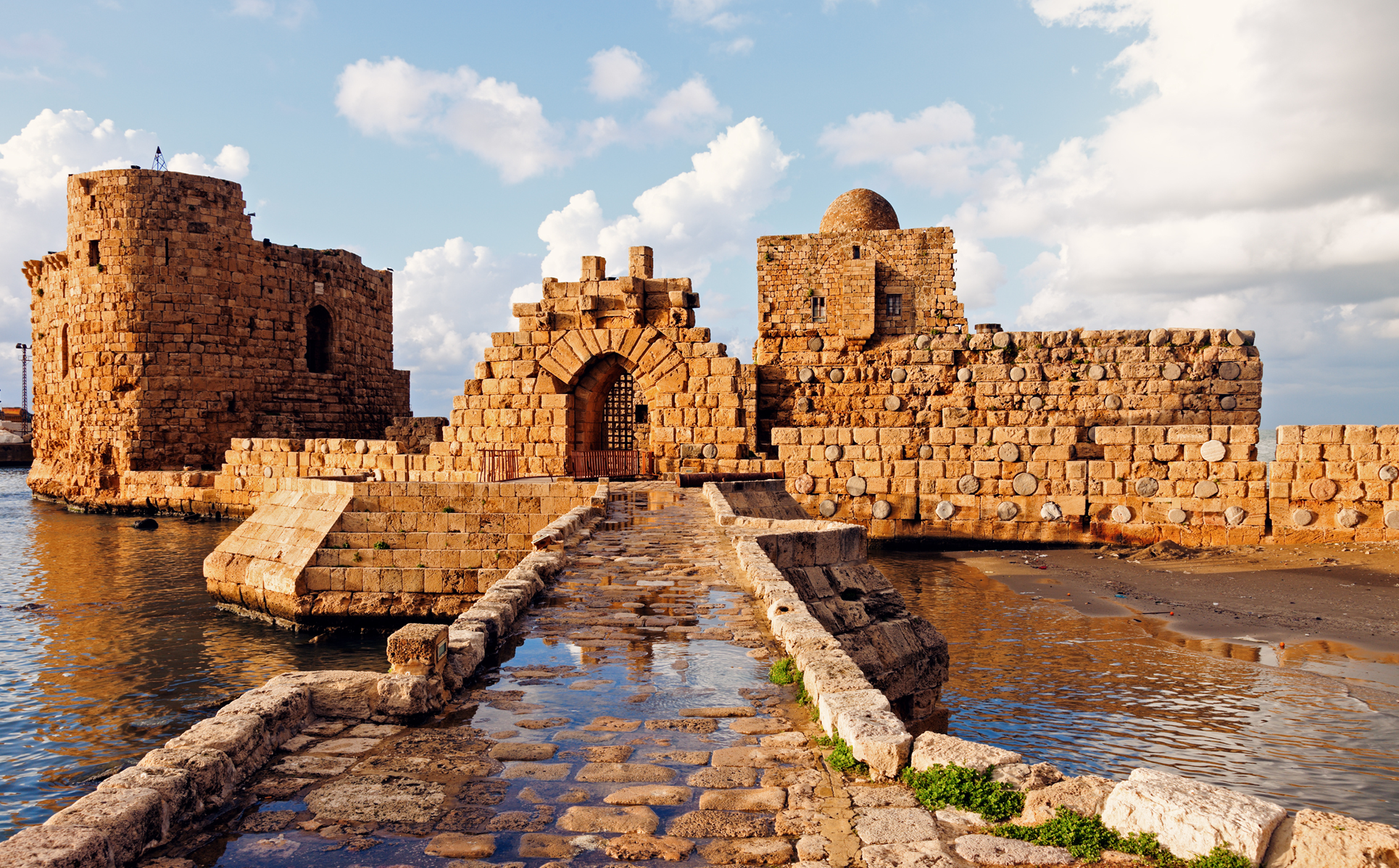
Nestled along the picturesque Mediterranean coastline of Lebanon, the city of Sidon boasts an ancient history that rivals some of the world’s oldest civilizations. With a rich tapestry of cultural heritage, Sidon has stood as a testament to human resilience and ingenuity throughout the ages.
The Phoenician Legacy
Sidon’s history dates back over 4,000 years, making it one of the oldest continuously inhabited cities in the world. In antiquity, it was one of the great Phoenician cities, renowned for its seafaring prowess and influential trade networks. The Phoenicians, an enterprising maritime people, established Sidon as a major trading hub in the eastern Mediterranean.
At the heart of Sidon’s historical significance is its production of the prized purple dye, extracted from the murex shellfish. This dye, known as “Tyrian purple,” was in high demand throughout the ancient world, coveted by royalty and nobility for its deep and enduring color. Sidon’s mastery of this industry fueled its prosperity and cemented its reputation as an economic powerhouse in the region.
The Sidon of Antiquity
During the Hellenistic period, Sidon thrived as a center of culture and learning. It was home to the philosopher and polymath Philo of Byblos, who played a pivotal role in preserving and disseminating ancient Phoenician knowledge. The city’s libraries and schools were renowned in the ancient world, making Sidon a beacon of intellectual pursuit.
One of the most iconic ancient sites in Sidon is the Temple of Eshmun, dedicated to the Phoenician god of healing. This temple, with its intricately carved stone reliefs and sacred pools reflects the spiritual and artistic achievements of Sidon’s inhabitants. Today, it remains an archaeological treasure, offering glimpses into the city’s religious and cultural life.

Top image: Astarte’s throne at the Eshmun temple near Sidon, Lebanon (Public Domain)
Melqart, the Phoenician version of Heracles, was revered in Sidon, and a temple in his honor once graced the city. This temple stood as a testament to the city’s devotion to this mighty deity. Although the temple’s physical remnants may have faded with time, its legacy endures in Sidon’s cultural fabric.
Sidon’s Sea Castle, perched on the city’s coastline, is an architectural gem that reflects its rich maritime heritage. Originally constructed by the Crusaders, this fortress offers breathtaking views of the Mediterranean. It has been a silent witness to Sidon’s maritime endeavors, protecting the city’s shores and preserving its historical legacy.
Throughout its history, Sidon has weathered the tides of conquest and change, with various empires, including the Assyrians, Persians, Greeks, and Romans, leaving their mark on the city. Each era contributed to Sidon’s diverse cultural tapestry, leaving behind a mosaic of architectural marvels and historical artifacts.
In modern times, Sidon continues to embody the resilient spirit of its ancient predecessors. Today, the city thrives as a bustling port, a center of commerce, and a vibrant cultural hub in Lebanon. Visitors to Sidon can explore its historic old town, wander through bustling souks, and savor the flavors of traditional Lebanese cuisine in its charming eateries.
Top image: Sidon Sea Castle. Source: Henryk Sadura / Adobe Stock.






